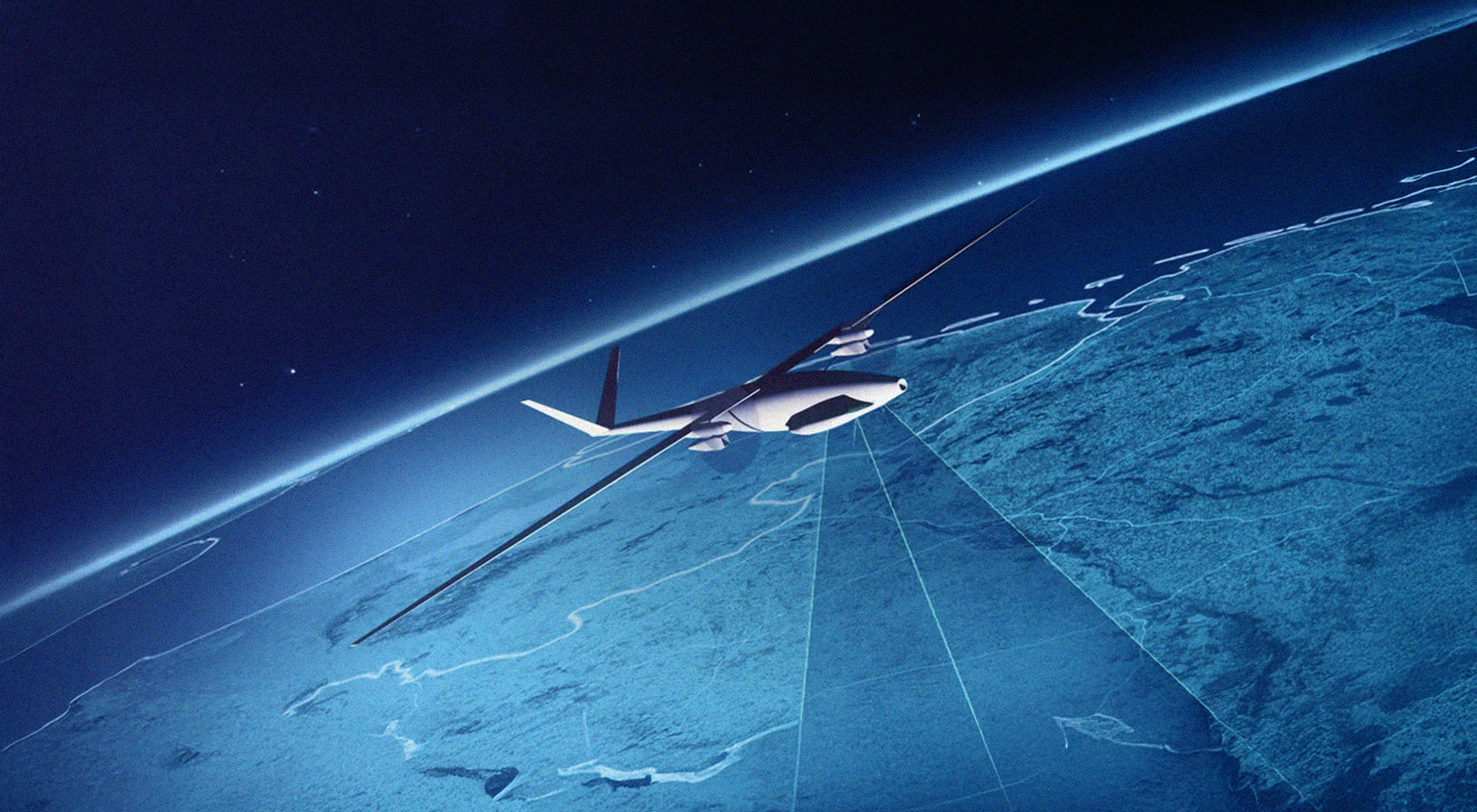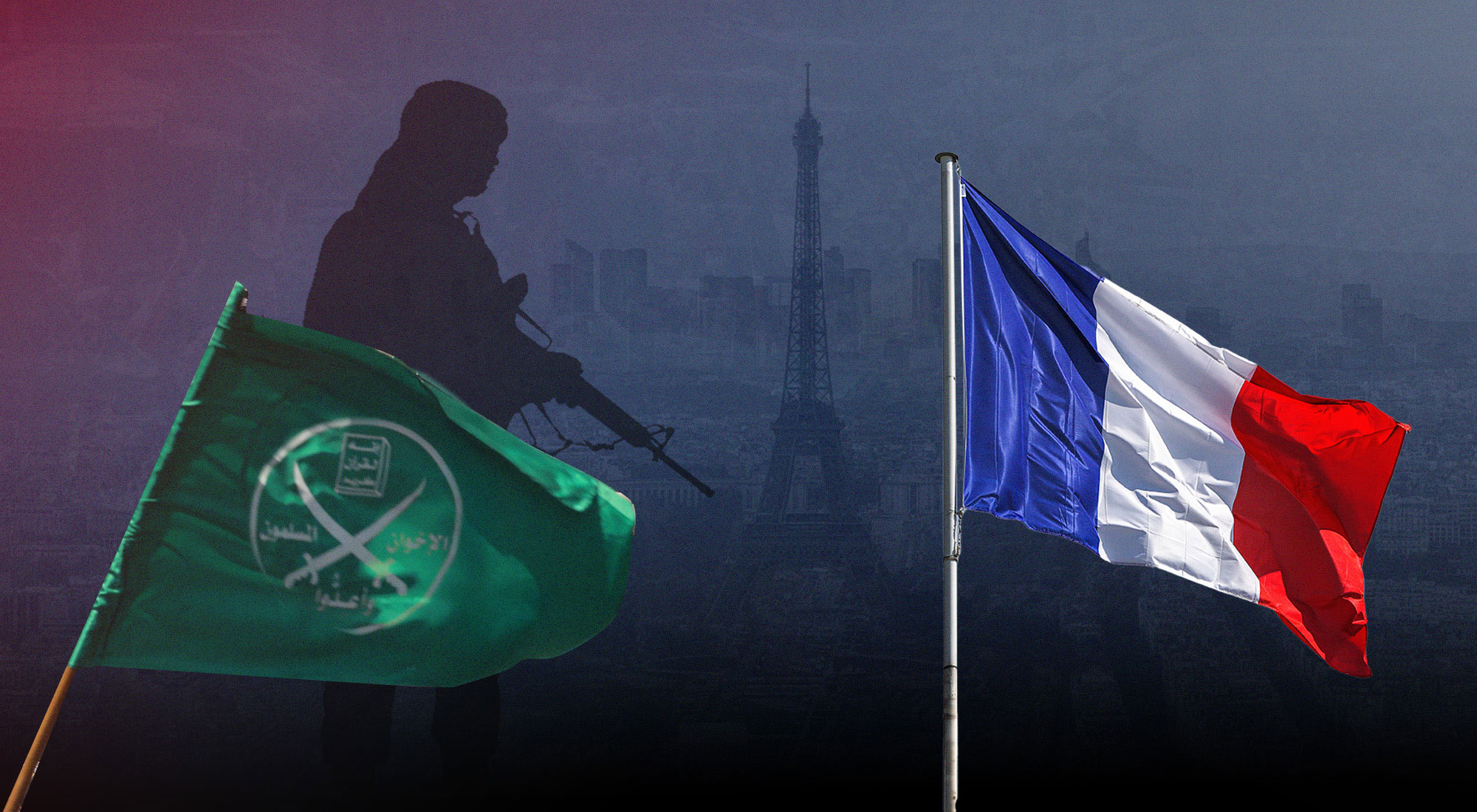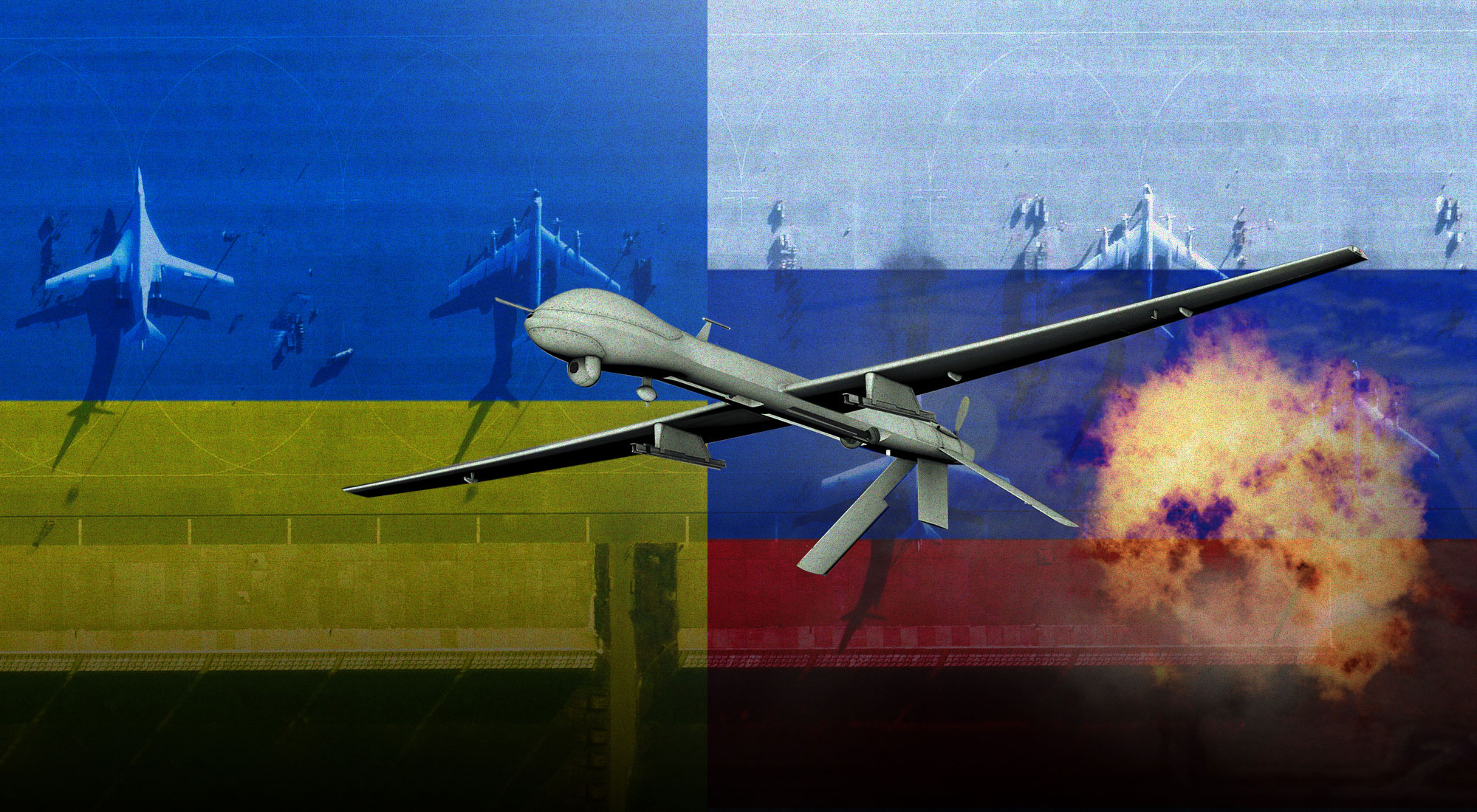Almost 10 years after the crisis began, a political solution is still not within reach in Libya, and the situation continues to remain challenging. However, developments in recent months may mark a turning point due to the growing magnitude of the Turkish military intervention, and its implications for regional and international stakeholders. These developments have made all outcomes possible in the country because of the Turkish military intervention and attempts to revive the political negotiations.
These developments have put Libya in a race between political and military solutions making its fate dependent on intricate and complex domestic and external factors. This paper attempts to scrutinize Libya’s situation to determine the direction in which events will develop. It looks at the map of alliances and their interaction militarily and politically.
The study tackles the Libyan crisis from three perspectives. The first one maps out the different protagonists in play on the Libyan soil including the Western Libya group led by the Government of National Accord (GNA), the Eastern Libya group represented by the Libyan National Army (LNA), led by Khalifa Haftar, the quasi-neutral Southern tribal groups, and Tunisia, Algeria, besides the US.
The second perspective focuses on the latest military and political developments. On the military side, the study tracks how the balance has shifted from being in favor of the group led by Khalifa Haftar to the GNA following the Turkish military intervention. This has happened as a result of one year of military dominance of the LNA.
It is worth underlining that the Turkish military support for the GNA, both in terms of personnel and equipment, raised some eyebrows. Following these developments, the Egyptian government expressed concern over the situation in Libya. It signaled that it is ready to defend its territories should any military activity go beyond Sirte and Al-Jafra.
At a political level, the insight recognizes the Libyan crisis’s sketchy development grounds marked by the clash due to the indecision of the conflicting domestic parties. The influence of external powers wanting to secure geopolitical and geostrategic advantages has started an endless tug-of-war despite the Palermo Conference, the Berlin Conference, and the Cairo Declaration.
The insight also sheds light on the growing political role Russia and Turkey want to play in Libya. It also explains why this has become a source of worry for the Europeans. The third perspective comes from a projection of the likely scenarios in Libya’s situation, summed up in the following scenarios:
- “Syrianization of Libya” led by Turkey and Russia.
- A long-term scenario considering external factors in the conflict.
- The best-case peaceful settlement for Libya.
- Military machinations due to Turkey’s approach.








